Unsupervised internet access can expose children to inappropriate content and online risks. As personal devices become commonplace among kids, closely monitoring their online activities is increasingly challenging. Fortunately, Google Chrome provides features that help create a safer browsing environment for children. Here's how you can adjust settings and utilize tools to make Google Chrome more kid-friendly.
Use Family Link to supervise your child
For children using an Android device or Chromebook, the Family Link app makes it straightforward to enhance safety on Google Chrome. Family Link enables you to set restrictions on Chrome for Android and Chromebook devices but isn't compatible with iOS devices or Windows/Mac desktops.
Begin by downloading the Family Link app on your Android or iPhone from the Play Store or App Store. You can also access the features through the Google Family website. After installing the app, you'll need to add your child's account to it. If your child is already part of your Google Family group, you can skip the next steps.
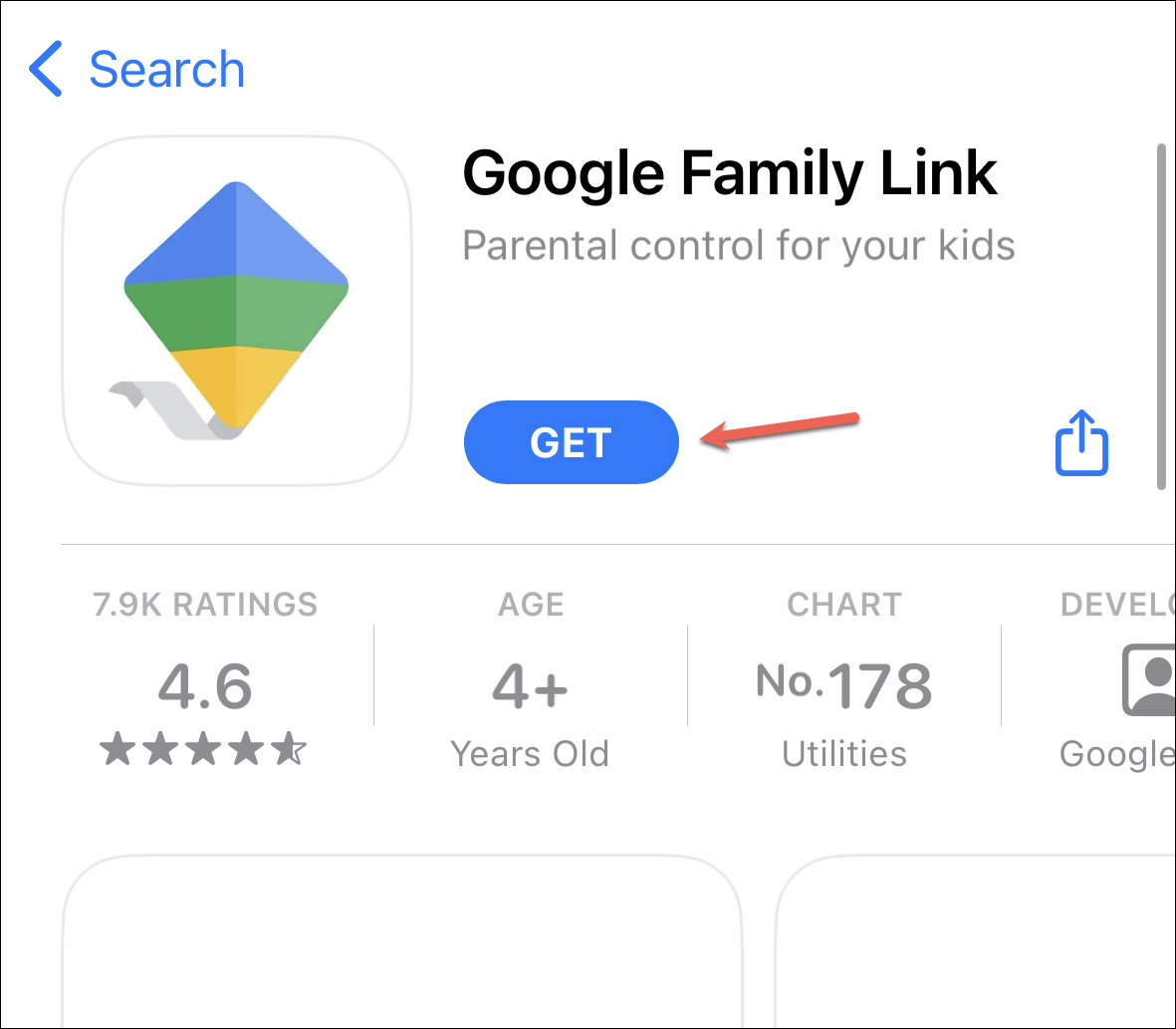
After downloading the Family Link app, sign in using your Google account.
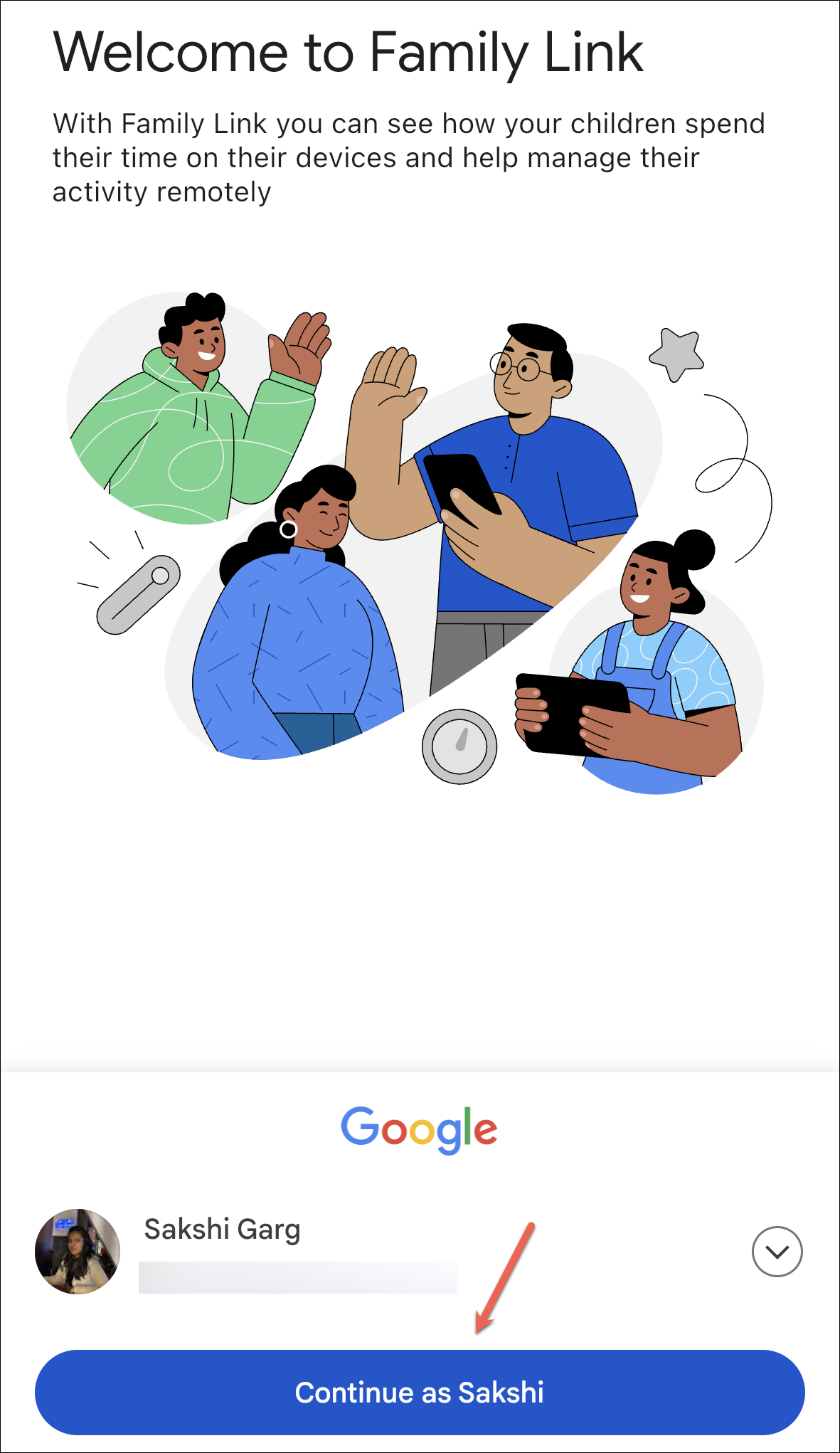
Next, if your child already has a Google account, tap the 'Yes' option on the subsequent screen; otherwise, select 'No'.

If you chose 'Yes', you'll need to access your child's device for the next steps.
On a Chromebook:
Step 1: Open the Settings app and select 'People'.
Step 2: Click on 'Parental Controls' and follow the prompts to set up supervision.
On an Android device:
Step 1: Open the Settings app and tap on 'Google'.
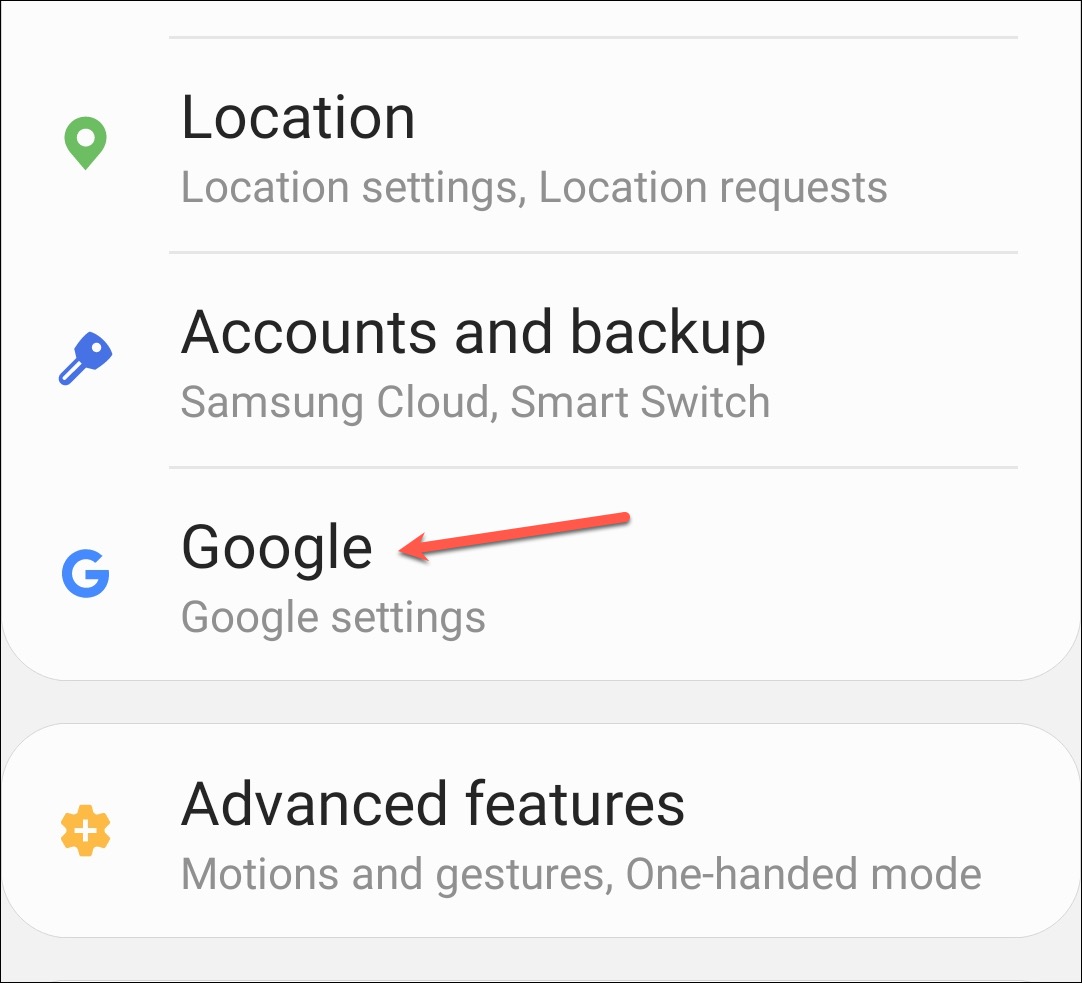
Step 2: Tap 'Parental Controls'.

Step 3: On the screen asking who will be using the device, tap 'Child or Teenager'.

Step 4: Tap 'Next' to proceed.
Step 5: Enter the parental account's Google ID and password when prompted.
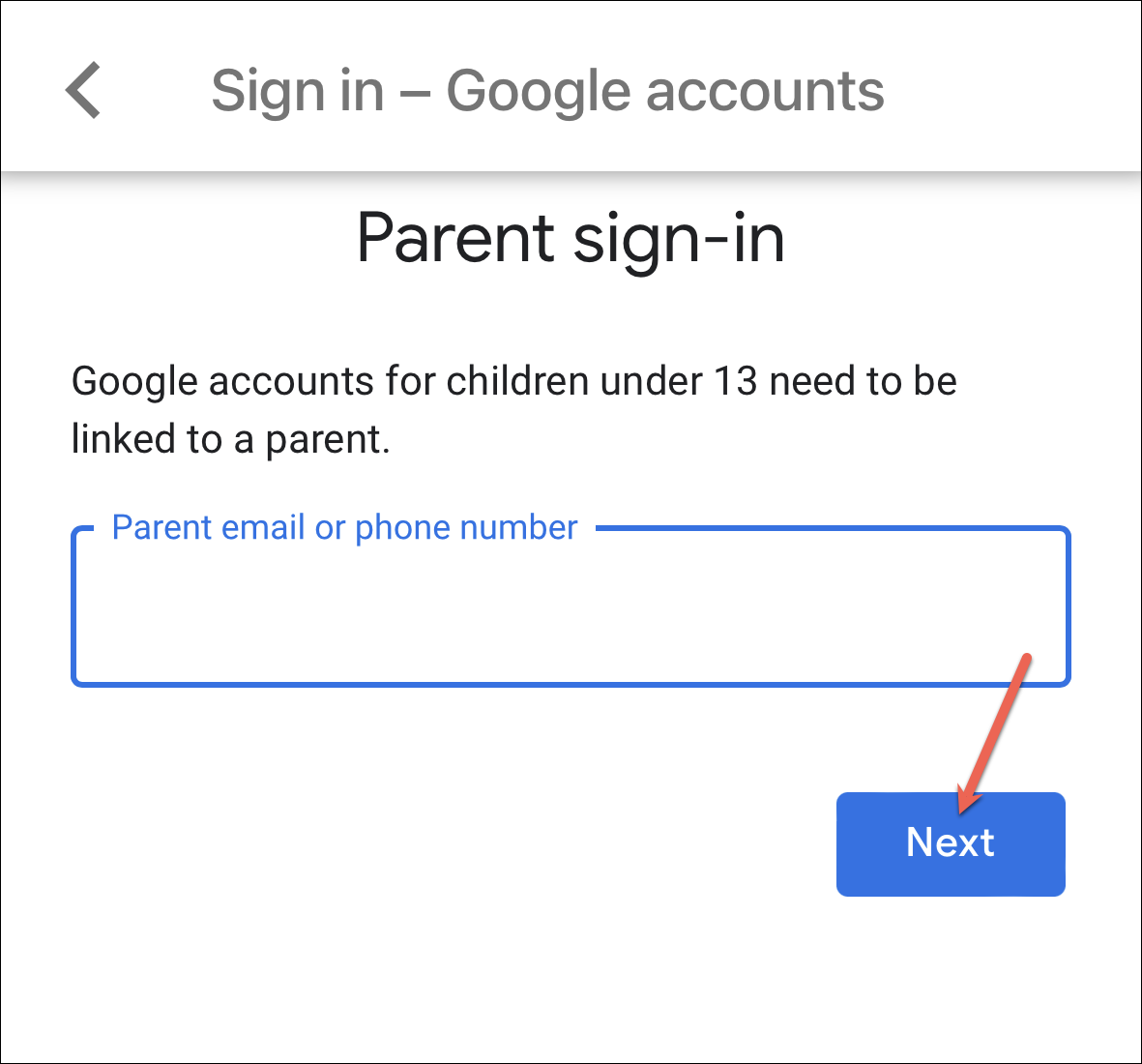
You may be asked to verify your identity by entering your credit card information, but you won't be charged.

Step 6: Agree to Google's terms and conditions to continue.
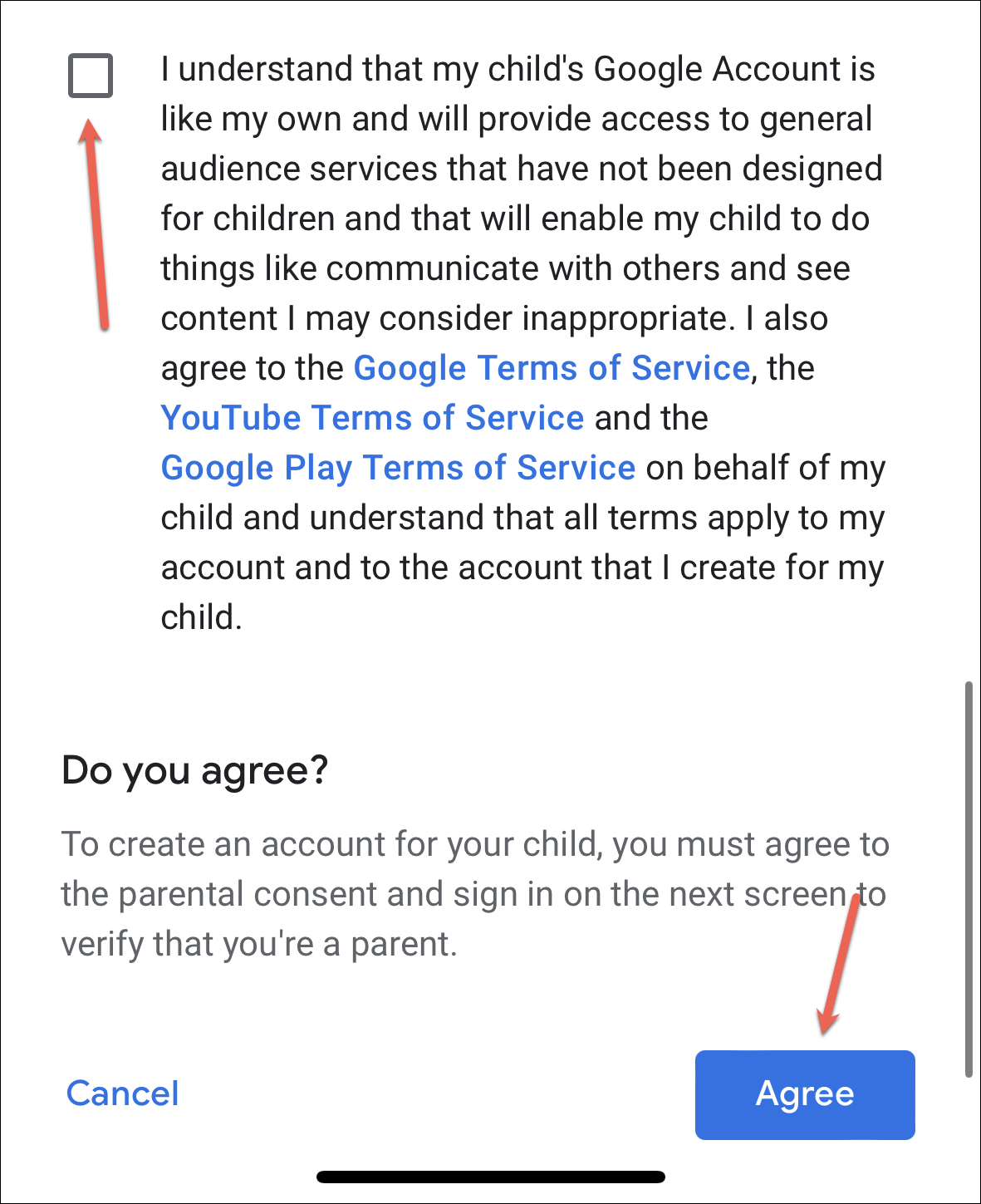
Step 7: Enter your child's account password to complete the setup.
Once finished, return to the Family Link app on your phone and tap 'Done'.

If you selected 'No' when asked if your child has a Google account, you'll need to create one using the following steps.
Step 1: Enter your child's name and tap 'Next'.

Step 2: Provide basic information such as date of birth and gender, then tap 'Next'.

Step 3: Create an email address and password for your child’s new Google account.
Step 4: Enter your own Google account details (email address and password) to authorize the creation of your child's account.

Step 5: Agree to Google's terms and conditions to proceed.

Your child's account will be created and added to Family Link. Make sure to sign in to their Android device or Chromebook using this new account to manage their device activity.
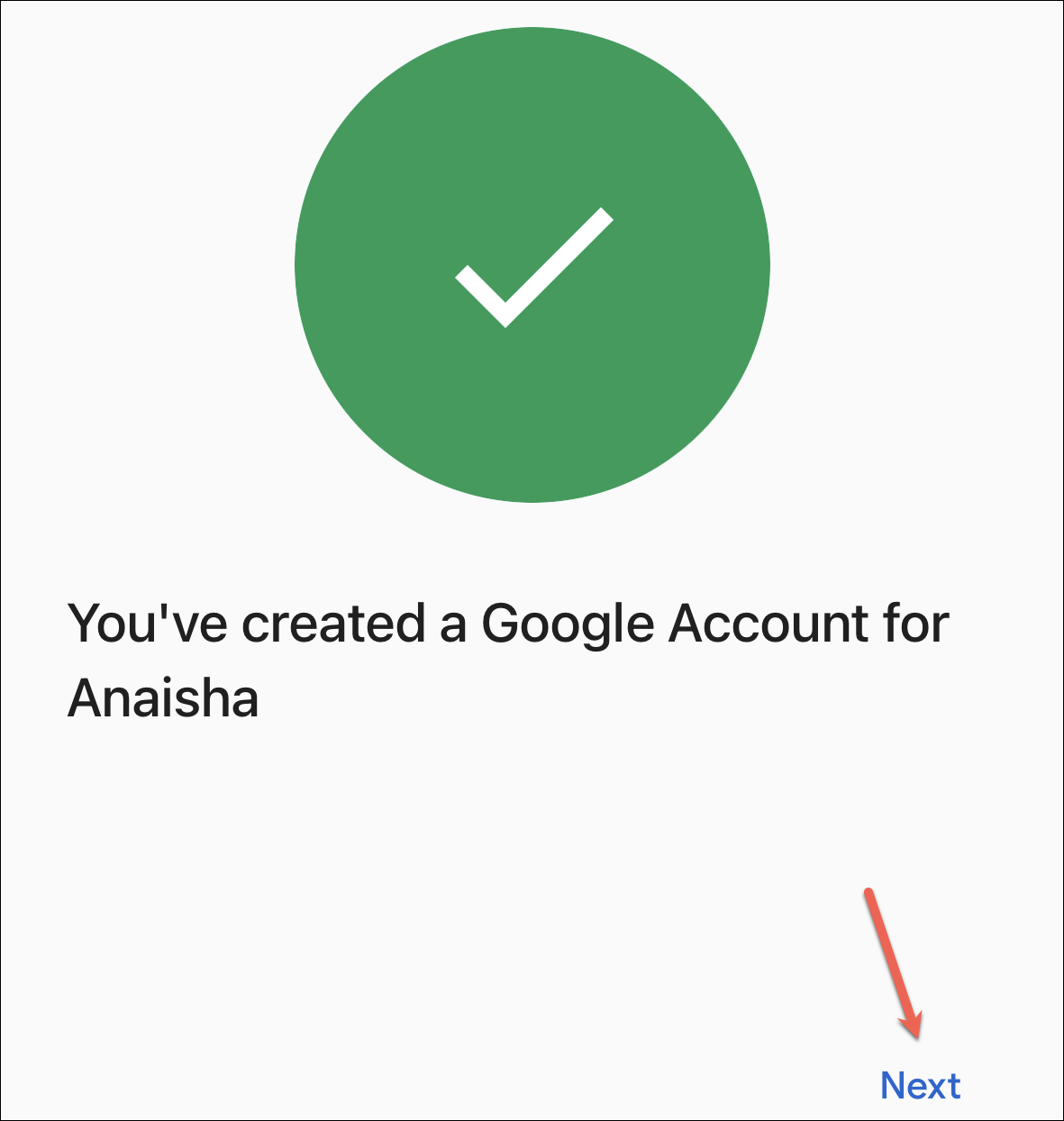
Manage your child's activity on Chrome
Once your child is added to the Family Link app, you can configure their Chrome browsing experience.
Step 1: Open the Family Link app and select your child if you have multiple profiles.
Step 2: Navigate to the 'Controls' tab at the bottom of the screen.
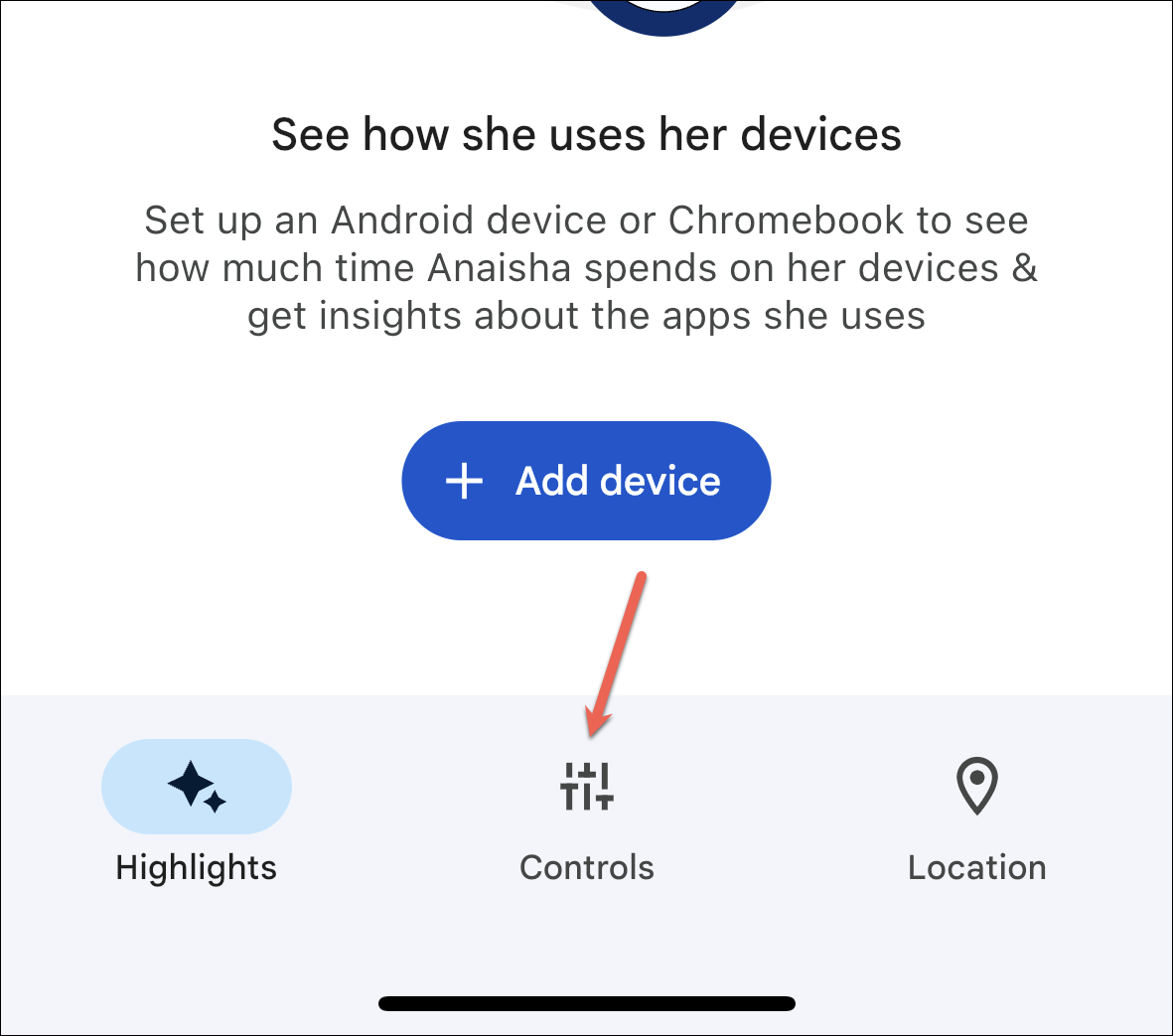
Step 3: Select 'Content Restrictions' from the available options.

Step 4: Tap on 'Google Chrome'.
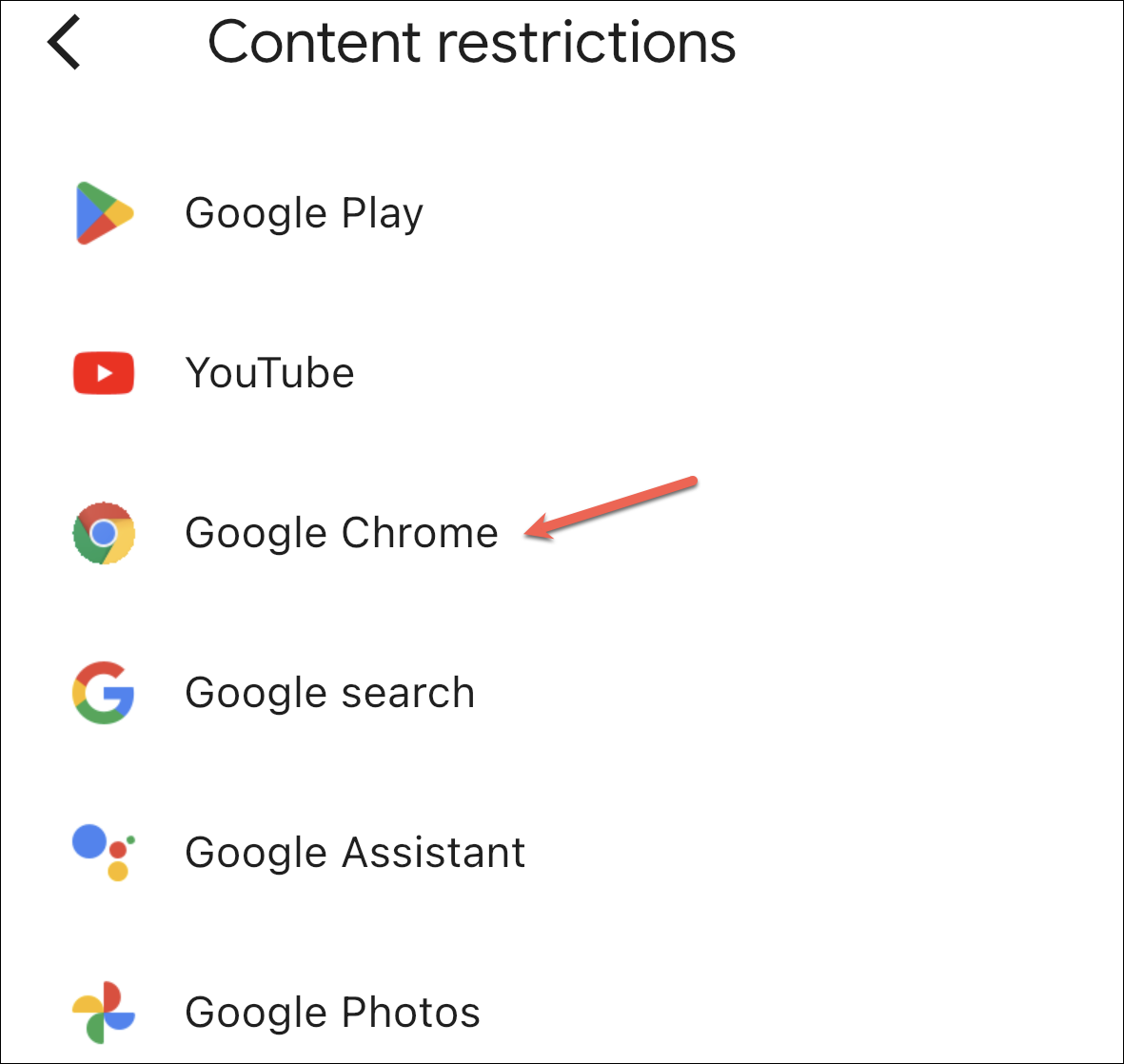
Here, you can choose the browsing settings appropriate for your child.
Selecting 'Allow all sites' lets your child visit any website except those you explicitly block. Choosing 'Try to block explicit sites' enables Google Chrome's filter to block sexually explicit and violent sites. Opting for 'Only allow approved sites' restricts browsing to sites you approve.

Add or block websites
To manually allow or block specific websites, follow these steps:
Step 1: Under the 'Manage sites' section, tap 'Approved sites' or 'Blocked sites'.
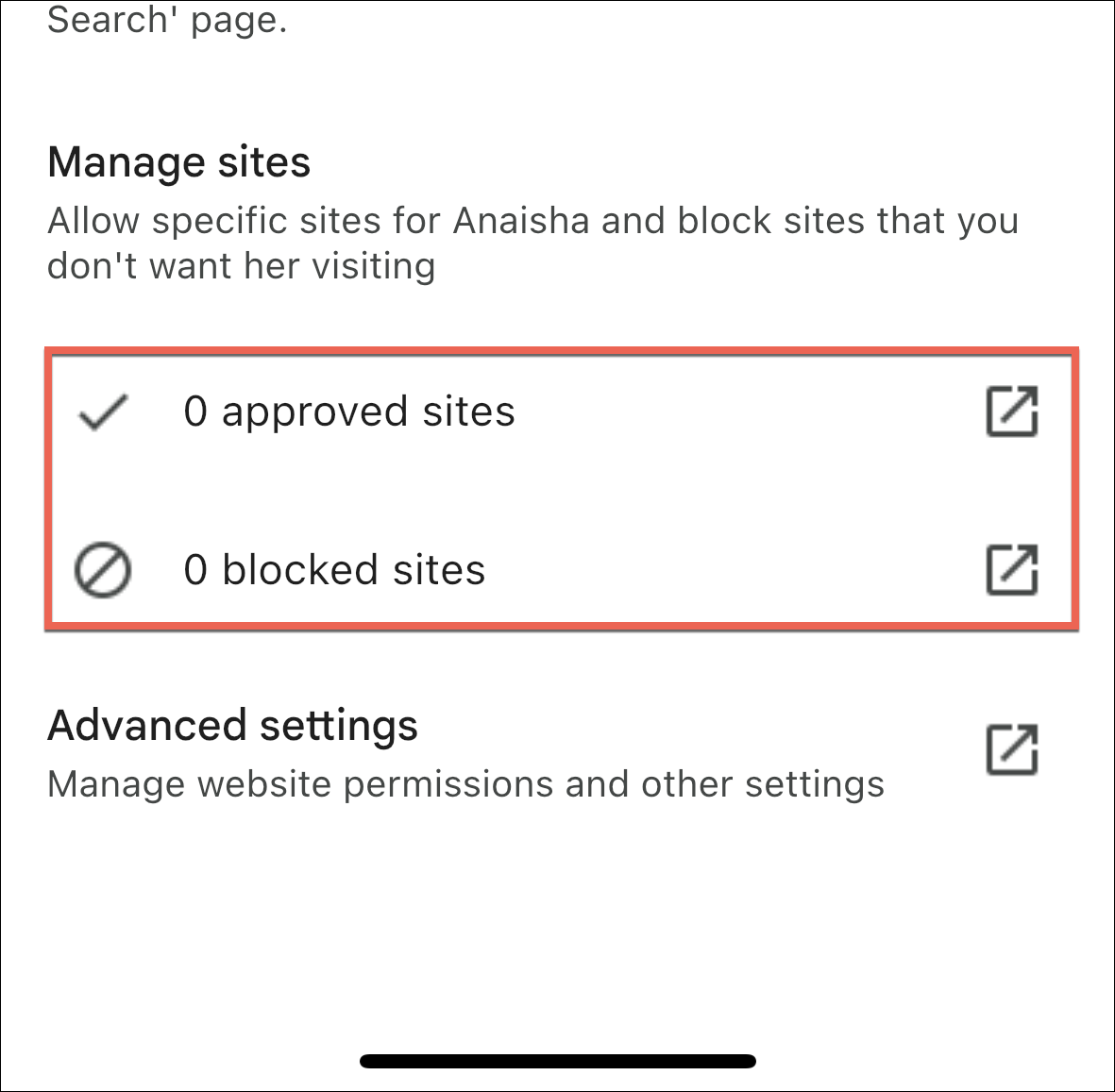
Step 2: Tap the 'Add a Website' button.

Step 3: Enter the full URL of the website (including 'www') or the domain name, and tap 'Save'.

When a website is blocked, your child can request access, which you can approve or deny through the Family Link app.
Note that blocking or allowing a specific website affects only that particular URL. For example, blocking 'www.google.com' doesn't block 'www.google.co.uk' or 'photos.google.com'. To block or allow all websites associated with a domain, enter just the domain name (e.g., 'google') to include all related sites.
Manage website permissions
Family Link also allows you to prevent your child from granting permissions to websites for accessing location, camera, and other sensitive information.
Step 1: In the Google Chrome settings within Family Link, tap 'Advanced Settings'.
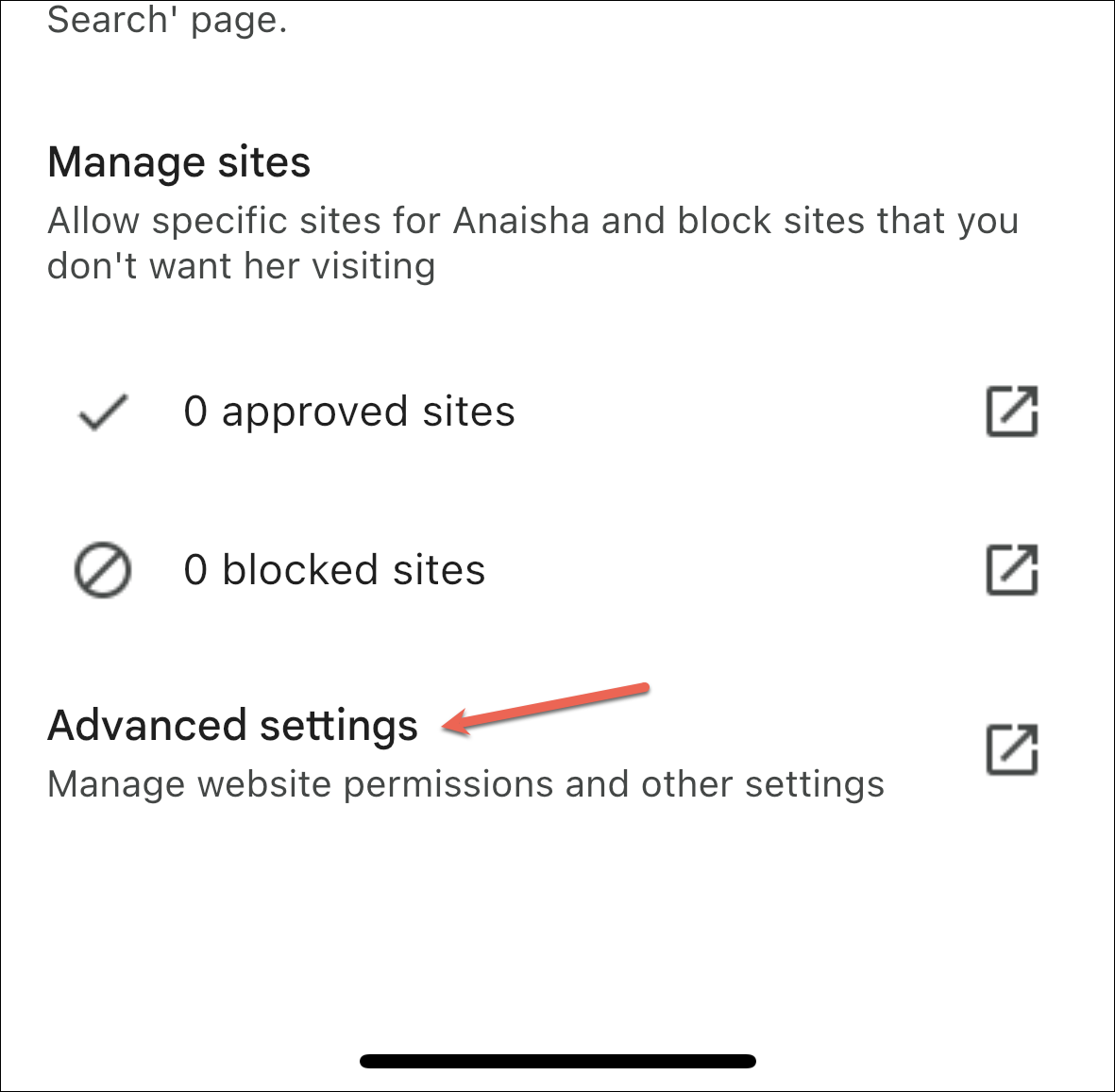
Step 2: Toggle off the 'Permissions for sites, apps, and extensions' option.

With this setting disabled, your child won't be able to grant new permissions to websites. Existing permissions that have already been granted will remain in effect.
Turn on SafeSearch
For children using Google Chrome on an iOS device or desktop, enabling SafeSearch is a practical way to filter explicit content from search results.
Step 1: Visit google.com/preferences and sign in to your child's Google account if prompted.
Step 2: Check the box next to 'Turn on SafeSearch' and click 'Save' at the bottom of the page.
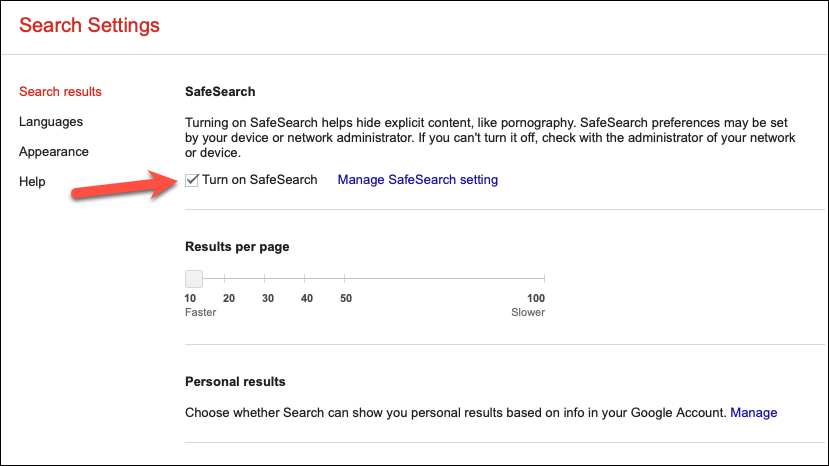
With SafeSearch enabled, Google search results will exclude explicit content.
Keep in mind that SafeSearch filters only affect Google search results and don't block access to URLs directly. To block specific websites on Chrome for desktop, consider installing an extension like BlockSite. On iOS devices, you can use Content & Privacy Restrictions in the Screen Time settings to block websites. Refer to our guide on blocking websites on iPhone, which applies to all browsers, including Google Chrome.
By customizing Google Chrome settings and using parental control tools like Family Link, you can create a safer browsing environment for your children. These steps help limit exposure to inappropriate content and give you greater oversight of their online activities.

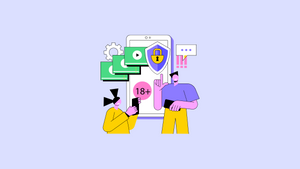








Member discussion